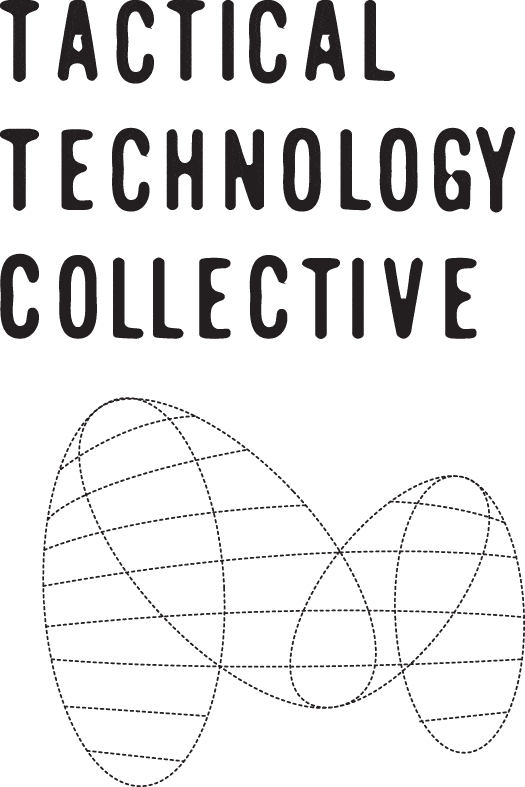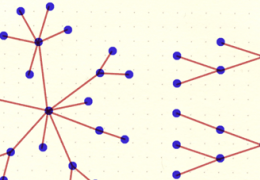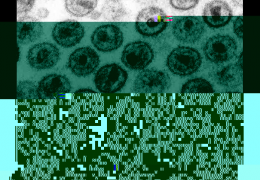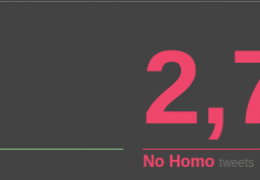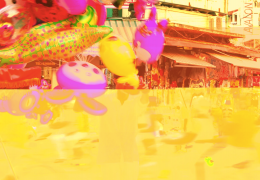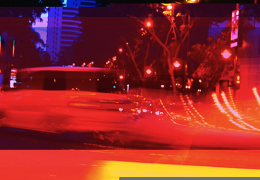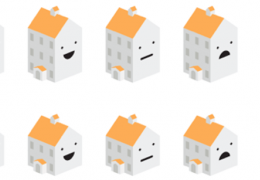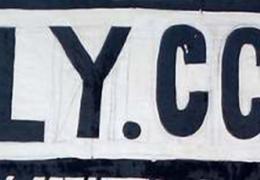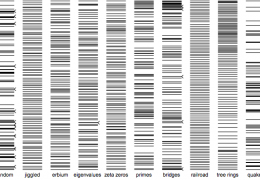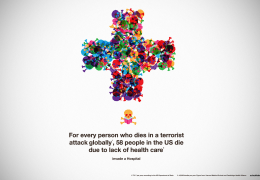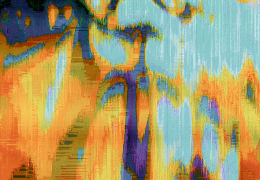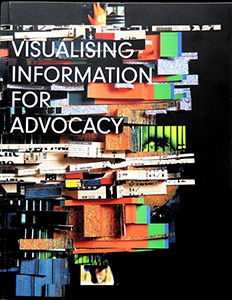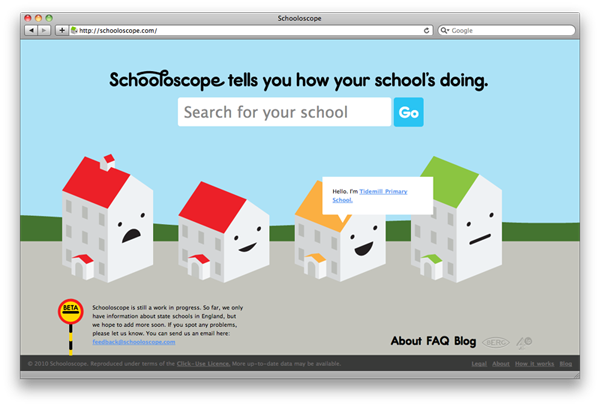
By Mushon Zer-Aviv, January 8, 2016
How the simplistic network diagram came to dominate our imagination and why we shouldn’t blindly go with the flow.
This is the third post in the #RDFviz blogpost series published towards the Responsible Data Forum on Visualization that would take place in New York on January 15th, 2016.
Let’s take a sheet of paper, draw a few points (we’ll call them nodes), connect them with lines, (we’ll call them edges) and there we go, we have ourselves a network. Right? Well, yes. And no. I mean, that’s not the whole story.
... Read more


